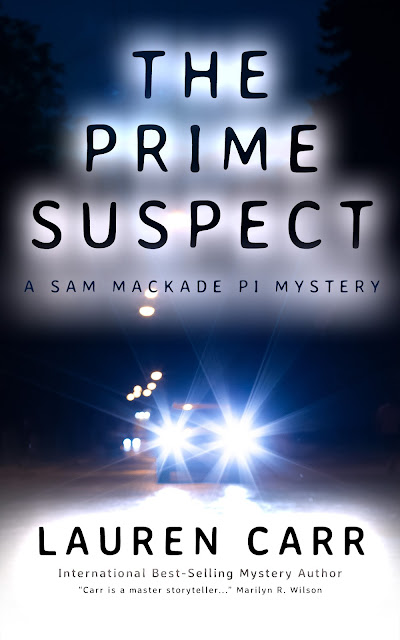
Sam Feels Better Now! : An Interactive Story for Children by Jill Osborne (Rated: C)
This children's book is really a workbook that therapists can use to help children who have experienced a traumatic event. Its 8X10 format is very attractive and allows for easy manipulation on the part of a child.
Through Sam's story, children get involved in helping him feel better by using drawings, play and storytelling activities. Thus, they inadvertently help themselves using this safe metaphor. These are excellent therapy tools for children. As a former psychiatric child counselor and special education technician having worked in schools and various institutions, I have used both art and play therapies. These venues give powerful evidence of what is going on in a child’s life. A child will tell things to a puppet that it would otherwise never tell an adult. In this way, this book can be a very helpful tool to assist the therapist in introducing these therapies.
Since this is an interactive book, though, I found the story to be too simple (the whole text would fill only ¾ of a page) and could be elaborated with additional text and dialogue. The therapist guide included in the back of the book states that this story is appropriate for children ages 4-10, however I think it only appropriate for ages 4-7. The text and illustrations are fine for a young child (my 5-year-old liked the book) but an older child (8 and over) would prefer text suitable for their age group and perhaps cartoon strips or more complex illustrations. I read the book to my 8-year-old daughter who said, “Mom, this book is babyish.” I explained the purpose of the book, which elicited a keener response on her part. She then made the suggestion that rather than just colour the feelings (an exercise on p.24) she would want to draw them too.
The guide also states that this book “incorporates expressive techniques and play therapy techniques…to assist the child with learning various coping skills…”. This is where I feel the book could be improved by not only stating these techniques but also incorporating them into greater detail throughout the story by illustrating how they could be done. The six sections of the book are too short and general and could be developed further. For example: How do Sam, his mom, and the therapist make a routine to help him eat and sleep? How could Sam approach the list of people he trusts when he doesn’t feel safe or happy? What are the relaxing techniques the therapist shows Sam to help him feel better?
Further elaboration of these techniques could be included with the therapist notes found in the guide section, as well. At the price of $24.95, this book needs to show its worth by giving the therapist more than a basic guide of techniques familiar to any experienced therapist who works with children. In addition, since this book is for use by professionals, it needs to be professionally edited. Because of the large print and few sentences per page, the several punctuation errors I found were blaringly evident.
Overall, I found this book to be a useful tool that with improvement can become an excellent program for any therapist or teacher involved with children who’ve suffered psychological trauma.






Post a Comment
Thank you for commenting! I appreciate your feedback.